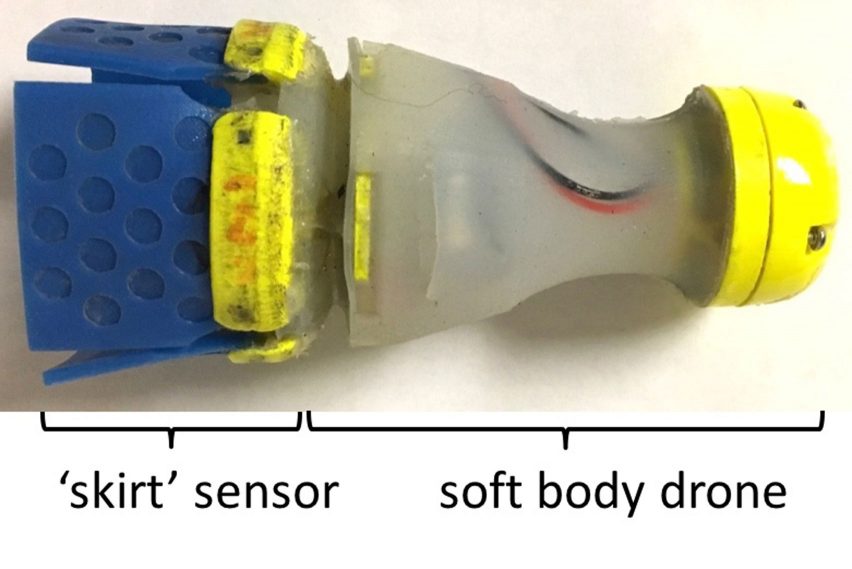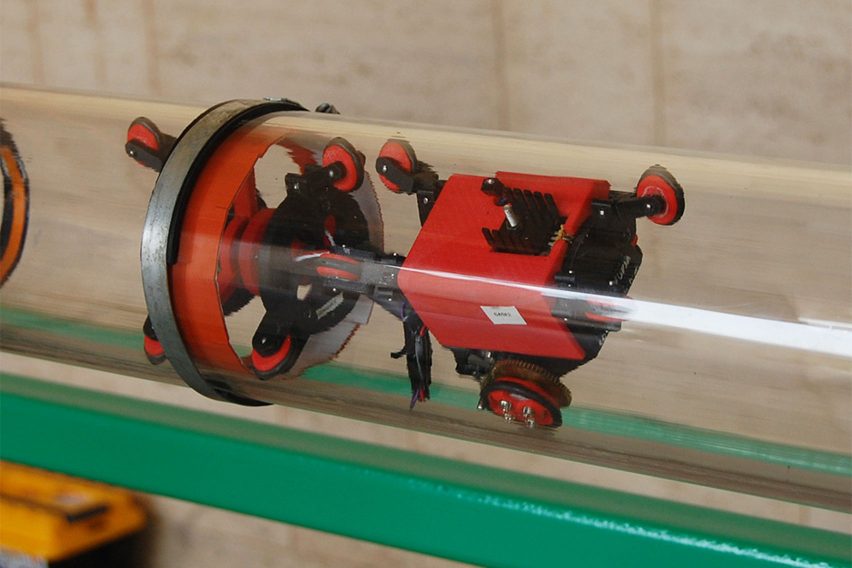Small swimming robot spots pipe leaks before they do serious damage
Gas and water leaks could be identified before they threaten lives and infrastructure, using this MIT-developed robot that swims through pipes.
Researchers claim the robot is cheaper, faster and more effective than existing leak-detection systems.
It is the result of nine years of research by the PipeGuard team at the Massachusetts Institute of Technology (MIT), headed up by mechanical engineering professor Kamal Youcef-Toumi and graduate student You Wu.
They initially developed their robot to test for gas leaks – it could help to avoid gas explosions of the kind that killed seven people, injured more than 50 and destroyed two adjacent apartment blocks in East Harlem, New York in 2014.
The team then adapted it to work in water. The new aquatic variant could be used to improve the water distribution systems of cities, which according to MIT, currently lose an average of 20 per cent of their supply because of leaks. It would also stem the structural damage that leaks can cause to buildings and infrastructure.
The water-based robot is shaped like a badminton birdie and at its widest fills the diameter of the pipe it is measuring.
The device can be inserted and retrieved through any fire hydrant. It works by moving with the flow of water within pipes, recording its position and any variations in pressure.

Pressure variations cause a tug to the device's soft rubber "skirt", which is embedded with sensors.
Researchers carried out their testing in a one-mile line of rusty pipe in Saudi Arabia, working together with the King Fahd University of Petroleum and Minerals.
"We tried it 14 times over three days, and it completed the inspection every time," Wu said. "What's more, it found a leak that was about one gallon per minute, which is one-tenth the minimum size that conventional detection methods can find on average, and a third as large as those systems can find under even the best of conditions."

The researchers are currently testing on 30-centimetre (12-inch) concrete water-distribution pipes under the Mexican city of Monterrey, which estimates it loses approximately $80 million annually due to leaks, which also expose the water supply to pollution.
After that, the team plan to make an collapsible version of their robot that can adapt itself to different sizes of pipe. This would make it more useful for older water distribution networks that aren't entirely recorded in city plans or maps.
They also have a vision for a future robot that could carry out pipe repairs on the spot. There is also an active version of the device that can control its motion rather than moving passively with the flow of water.
It is not the only robot designed to crawl around under cities. Another recent prototype from MIT called Luigi wades through sewers, collecting data samples that could be used to identify outbreaks of disease before they happen.
The PipeGuard team will present their research at the IEEE/RSJ International Conference on Intelligent Robots and Systems (IROS) in Vancouver September.